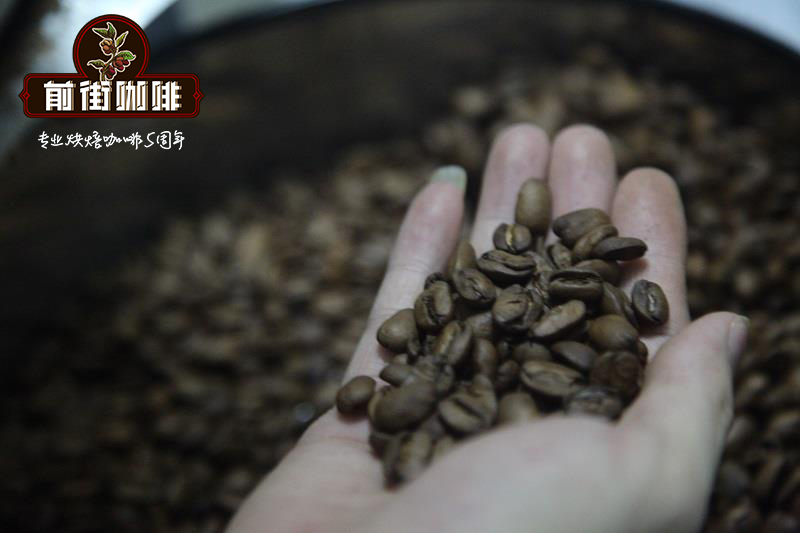站在诸多巨人的肩上想通了几个道理
可以把SR500这种浮风机当作single bubble bed的热风机,如此就可以用bubbling bed的特性去思考如何用它(短时间、大风量、热风温度区间为200——240度)
当把SR500改造为fluid bed后,就可以套Sivetz的主张的特性去烘焙(热风+豆与豆的接触热,热风温度区间为232——278度)
滚桶式热风机因风重比(ABR)远低于bubble bed/ fluid bed,故所需热风温度也远高于前述2者,工业用大型滚桶式热风机其风温可达560C以上
专利文献比学术文献好读,实用价值也高。关于热风烘豆,这2篇简直是宝库
1974-11-11 1976-06-22 Michael Sivetz Coffee roasting system(https://patents.google.com/patent/US3964175A/en)
1986-06-11 EP0183878A1 James Patrick / MahlmannLawrence/ ScherSteven/ Mark Schecter Controlled coffee roasting(https://patents.google.com/patent/EP0183878A1/en)
US Patent EP0183878A1 Controlled coffee roasting里面这张表很有意思,当然它的基础是把烘豆当食品加工的过程去做比较,而不是现在强调的精品咖啡
有意思的地方在于,用SR500去模拟bubbling bed的效果会很相近
用水洗豆来验证一下SR500 bubbling bed 与 Fluid bed的风味与口感的差异,烘焙时间差了约一分半,控火的逻辑都是小火开始、转白时调中火、转褐时调大火,风力原则上都是越调越小。都有发展完全,干馏的焦味不明显,但Fluid bed的body滑顺度以及甜感好很多,bubbling bed喝起来就比较有棱有角。
SR500烘日晒豆,不小心就会出现草腥味,烘焙时脱水相对容易的日晒豆,反而是SR500烘焙的罩门,初开始是感到有些意外(许多位同好反应有同样经验)。
在重新思考热风烘焙的基础,把SR500或SR500+沈式内杯定位成single bubbling bed roaster,把SR500+内杯+斜坡套件定义为fluid bed roaster之后,参照对应的专利文献中所指涉的风温,再根据过去实证的纪录和多种热风烘焙机的入风温曲线,套用在SR500上进行实证,前篇以水洗波旁实证OK,初步确认自己认知的基础原理应该没有偏差,那用在日晒豆呢?是否会出现讨厌的草腥味?
各取紫风铃日晒70克,以一爆末为下豆点进行烘焙,控火的逻辑和水洗豆相同,都是小火开始、转白时调中火、转褐时调大火,风力原则上都是越调越小,一爆开始之后视情况加大风力。由于当晚刚拔除智齿没法杯测,隔一天各手冲一壶试喝,由高温试到咖啡变室温,风味都发展完全,没有草腥味,bubbling bed的干馏风味比较明显,一点点的苦后回甜,但Fluid bed除了没有苦之外,风味的层次好太多了,甜感也好很多。
为了做这些验证,把SR500的内杯和套件拆拆装装的,很怕原厂的中杯禁不起我的折磨裂开。经过这个实证的过程,原则上会把斜坡套件固定在内杯里面,不再频繁拆装。
比较bubbling bed和fluid bed的曲线,可以发现在同样的控火控风的理念下,因结构不同产生最大的差异点在于脱水阶段,在曲线纪录上看到的是时间的差异,曲线之外的是咖啡豆受热情况的差异,一个是一直面对风压不停地翻动(bubbling bed),同样的入风温与相对(与fluid bed相比)小的风速,它的升温与脱水会迅速很多;另一个是用规律的方式轮流面对风压然后飞腾、降落、滑动到底部,豆子除了受热风加热之外,在没被吹拂的那小段时间,主要的热源是来自于豆与豆之间的传导热,因此和bubbling bed相较下,fluid bed的脱水与升温会缓和多多(有兴趣进一步了解可以google一下Michael Sivetz的专利文献 US3964715A:Coffee Roasting System)。进入梅纳之后,二者的曲线差异就没那么大了,主要是彼此的升温率,因豆温和排风温越来越接近变得平缓了。
关于Fluid bed可以参考:流床式SR500烘豆经验分享
至于bubbling bed呢,专利文献(1986-06-11 EP0183878A1 James Patrick / MahlmannLawrence/ ScherSteven/ Mark Schecter Controlled coffee roasting)中这段话很重要
In a typical conventional commercial coffee roaster, the air to bean ratio is about 1.0 kg air (roasting atmosphere)/1.0 kg roasting coffee beans. The air to bean ratio of the present method though, is preferably from 40.0 to 150.0 kg air/1.0 kg coffee beans. With the high air to bean ratio, the individual coffee beans are surrounded by an "envelope" of roasting atmosphere, contributing to the uniformity of the roasted coffee. The air to bean ratio for a fluidized bed is between 10.0 and 30.0 kg air/1.0 kg coffee beans. The inlet velocity of the roasting atmosphere needed to maintain a bubbling bed is also intermediate between the velocity in a conventional roaster and the roasting atmosphere velocity in a fluidized bed roaster. In a bubbling bed roaster, the velocity is on the order of 670 m/min to 1250 m/min compared to between 40 m/min and 46 m/min for a conventional roaster and on the order of 3660 m/min for fluidized bed roasting.




